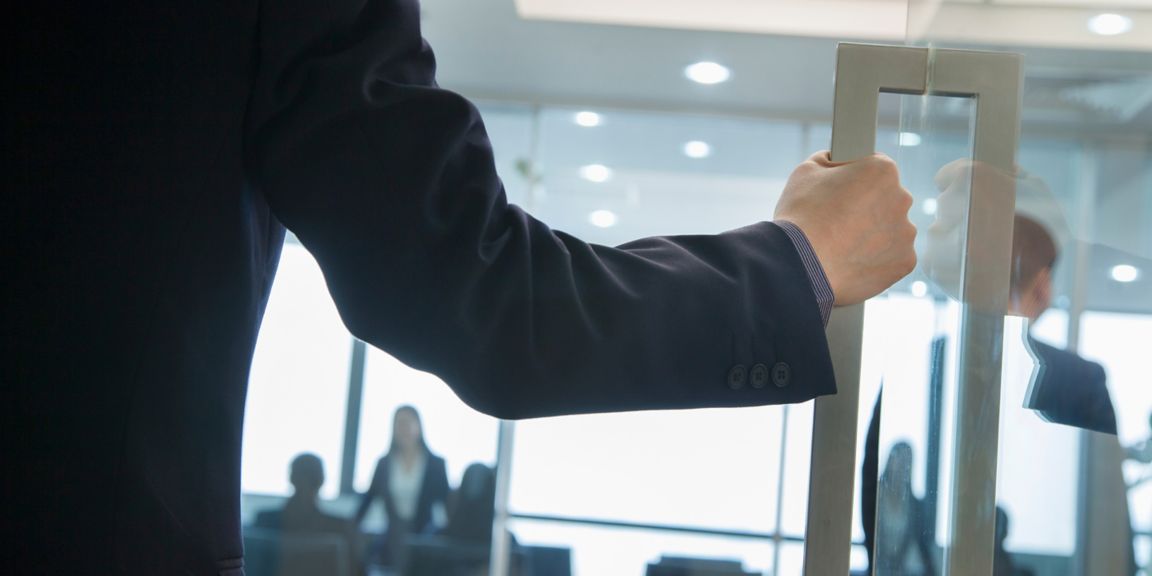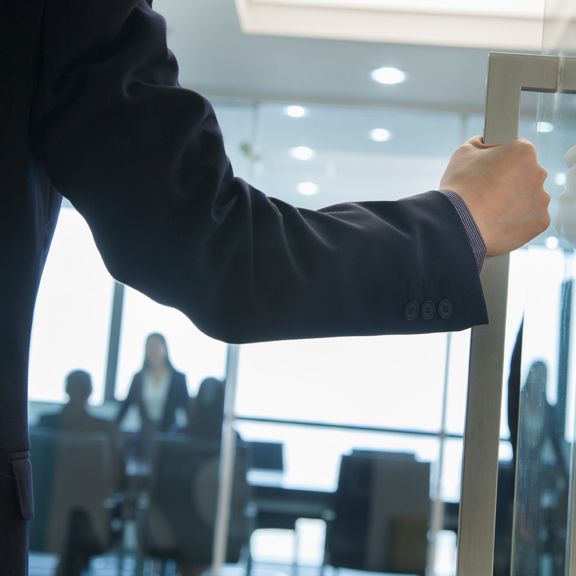-
Location
-
Asia Pacific
-
Europe
-
Middle East
-
North America
- |
- Contact
- |
-
Currency:Localize your Content
You can set your preferred currency for this account.
Choose a Currency
Currency- CHOOSE YOUR CURRENCY
Update Currency
Changing Currency will cause your current cart to be deleted. Click OK to proceed.
To Keep your current cart, click CLOSE and then save your cart before changing currency.
-
Select Account
Switching accounts will update the product catalog available to you. When switching accounts, your current cart will not move to the new account you select. Your current cart will be available if you log back into this account again.
Account# Account Name City Zip/Post Code CANCELPROCEEDMy Account
-
Industries
Industries
-
Airports
Honeywell provides a single point of control, including customized software and automation
-
Commercial Buildings
Integrate automation for climate control, fire, life safety and access control systems on one screen
-
Contractors & Specifiers
See how Honeywell automation technology can meet the needs of contractors and consultants like you
-
Data Centers
Integration and automation help optimize uptime, reduce costs and achieve sustainable operations
-
Education
Custom capabilities and automation to improve campus safety, energy efficiency, emergency systems
-
Government & Military
We have helped agencies around the world with smart building automation and technology
-
Healthcare
Connect systems and staff to technology and automation to enhance safety, awareness, performance
-
Hospitality
Intelligent automation to connect to guests via better experiences, greener technology, secure data
-
Industrial & Manufacturing
Reduce costs, improve sustainability and worker safety with custom capabilities and automation
-
Justice & Corrections
Help reduce costs, manage risk and incidents more effectively, enable rehabilitation with automation
-
Retail
Use integration and automation to optimize an entire operation, from two buildings to two hundred
-
Smart Cities
Integration and automation to improve urban mobility, waste management, emergency services, lighting
-
Rail and Metro
Technology to make metro and rail safer, more secure and sustainable
-
Airports
-
Automation Solutions
Automation Solutions
-
News & Media
- Cybersecurity Requirements for Healthcare Organizations
- Upgrade Healthcare Facility Operations with Technology
- Leverage Automation to Optimize Workflows and Procedures
- From Reactive to Proactive: Streamlining Maintenance for Optimal Building Performance
- Five Signs Your Building Management System Needs an Upgrade
- Atlanta Hawks and Honeywell Announce Winners Of Arena Of The Future Challenge
- Building Technologies’ Role in Improving QSR Operations
- Why cybersecurity is now table stakes for building operators
- Manage building assets to help better control energy costs
- Boost energy efficiency through better asset utilization
- Localization is critical in the journey to better energy efficiency
- Anything but basic – why the foundational steps of energy management matter
-
Location
-
Asia Pacific
-
Europe
-
Middle East
-
North America
- |
- Contact
- |
You are browsing the product catalog for
You are viewing the overview and resources for
- Our Stories
- In the Battleground for Talent, Are You Making Your Building a Part of the Attraction Equation?


In the Battleground for Talent, Are You Making Your Building a Part of the Attraction Equation?
Jason Clifford, Vice President of Human Resources and Communications, Honeywell Building Technologies
December 22, 2021
“Unprecedented” continues to be the buzzword of the last 18 months. This time it’s being used to describe the volume of employee turnover across the workforce. This is leading companies to find new and improved ways to court workers who are entertaining new employment. In the not-too-distant past, companies pitched ping-pong tables and top-shelf espresso makers to showcase their “cool” workspaces. With employers bidding for talent, they are finding that potential employees are not only reevaluating their careers but also interested in prioritizing what’s really important – among them, their own well-being and how they are playing a role in creating a better planet. The office building need not be seen simply as the home of superfluous perks and distractions. Rather, it can be positioned as a symbol of a company’s commitment to sustainability and a powerful contributor to occupant safety, well-being and comfort -- all differentiators that could tip the scales in favor of being the new “employer of choice.”
Why focus on office buildings when so many workers are still remote? Hybrid offices are expected to become the norm, putting buildings back in play as employees work both from home and the office. Making meaningful building improvements can take time, so savvy leaders are evaluating their facilities’ merits and opportunities for improvement now.
Employees in search of new pastures often value companies with sustainable-focused sensibilities. This is especially true of Millennials, the largest generational group in today’s workforce. In fact, a 2019 survey commissioned by Swytch revealed that three-quarters of Millennial workers would be willing to take a pay cut of between $5,000 and $10,000 to work at a company that’s environmentally responsible. Additionally, the same survey reported that seven in 10 respondents across all generations would take into consideration their employer’s sustainability plan when it comes to remaining at their company long term.
There’s simply no way to overstate the importance of corporate citizenry, especially among younger generations. According to a 2021 Deloitte survey, more than four in 10 Millennials and Gen Zs believe we’ve already reached the point of no return when it comes to the environment, although most are optimistic that people will be more committed to addressing it post-pandemic.
What we also know is that employee fears emboldened by this crisis won’t completely evaporate when presented with fancy new office amenities. Fortunately for those in search of well-being-focused employers, healthier buildings were a growing trend even before COVID-19. These are structures that pair fresh air ventilation with state-of-the-art filtration, manage humidity, and keep temperatures at comfortable levels, all among many new additions and retrofits made to make spaces healthier. The better news is, it’s possible to make these changes and still reduce corporations’ carbon footprint.
Can indoor air quality really be a selling point for attracting talent? The concept of cleaner air in an office building may sound a little too abstract for some prospects or employees. Unlike, say, the ping-pong tables and nap pods, you can’t see clean air. The same way germs are invisible, often too is the remedy. In addition to potentially mitigating the spread of airborne illnesses, studies have shown that the air quality within an office can have significant impact on employees’ cognitive function, inclusive of response times and ability to focus.
Employees are also seeking reassurance that their office building has appropriate safeguards from other threats to their well-being. The same integrated smart building technologies that can be leveraged for contact tracing in the event of an illness outbreak can also detect fire, security breaches, severe weather events and other threats. What’s more, these systems can instantly disseminate critical information to building occupants about these threats and how to respond.
Without question, enhancing your office buildings so they become a part of your employer value proposition is easier said than done. It begins with executives willing to prioritize the occupant experience and requires buy-in and a sustained commitment across the organization, from human resources to facilities management. The payoff – a stronger employer brand, top talent, and safer, healthier and more comfortable buildings – is worth the effort.
- Fast Company, Most millennials would take a pay cut to work at a environmentally responsible company, February 2, 2019 [Accessed December 14, 2021]
- Deloitte, The Deloitte Global 2021 Millennial and GenZ Survey, [Accessed December 14, 2021]
- Harvard Business Review, Research: Stale Office Air Is Making You Less Productive, March 21, 2017 [Accessed December 14, 2021]
Copyright © 2025 Honeywell International Inc.
Maximum File Size
Maximum Files Exceeded
You cannot access this page as this product is not available in your country.
Compare X Products
Clear All
X of 5 products to compare




